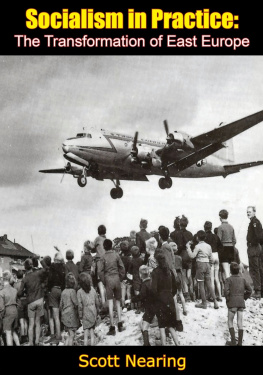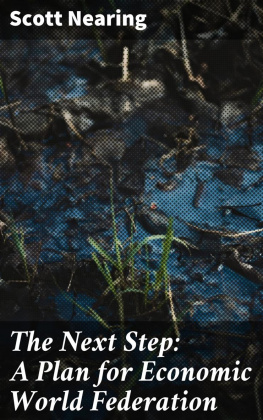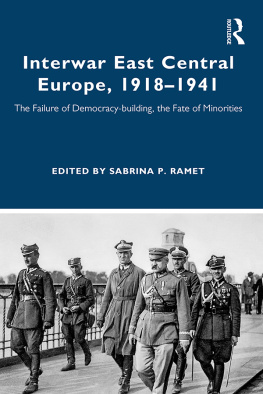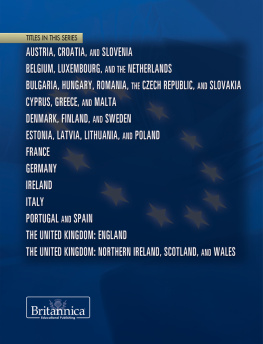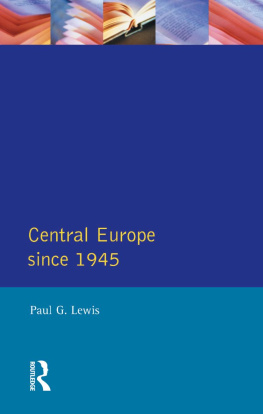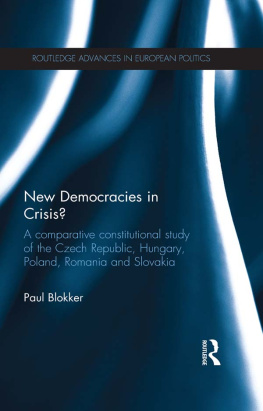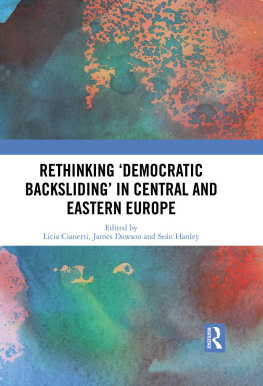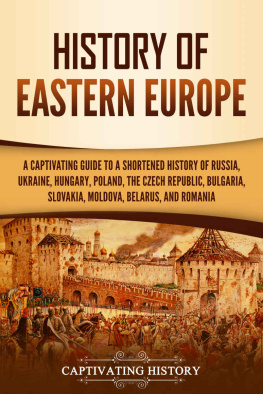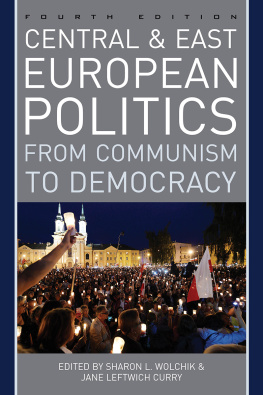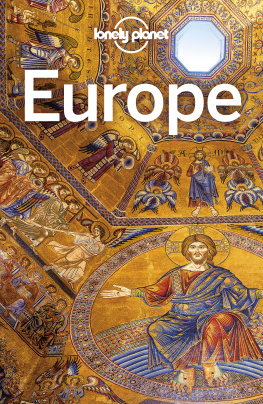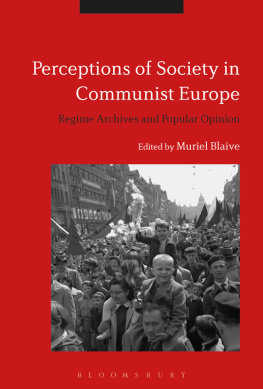This edition is published by Muriwai Books www.pp-publishing.com
To join our mailing list for new titles or for issues with our books muriwaibooks@gmail.com
Or on Facebook
Text originally published in 1962 under the same title.
Muriwai Books 2017, all rights reserved. No part of this publication may be reproduced, stored in a retrieval system or transmitted by any means, electrical, mechanical or otherwise without the written permission of the copyright holder.
Publishers Note
Although in most cases we have retained the Authors original spelling and grammar to authentically reproduce the work of the Author and the original intent of such material, some additional notes and clarifications have been added for the modern readers benefit.
We have also made every effort to include all maps and illustrations of the original edition the limitations of formatting do not allow of including larger maps, we will upload as many of these maps as possible.
SOCIALISM IN PRACTICE
THE TRANSFORMATION OF EAST EUROPE
BY
SCOTT NEARING
TABLE OF CONTENTS
Contents
TABLE OF CONTENTS
DEDICATION
TO THE PEOPLES OF EAST EUROPE
With every good wish for their success in building the East European sector of the socialist world
PREFACE
We heard that the people of East Europe were building socialism so we decided to see for ourselves. We did not go to find out what mistakes the East Europeans had made, in which respects they had failed, or how far they had departed from the Western way of life. We went to observe what they were doing and to discover what they are trying to do and hoping to do.
Three strenuous months spent in East Europe during the winter of 1961-62 do not qualify us as experts, nor do we pretend that this is a scientific study. We had neither the time nor the means to undertake such a job. If the Fund for the Republic or the Soviet Institute of World Economics and Politics had provided half a million dollars, we could have organized a team of experts and with adequate clerical assistance we could have done a job of scientific research. We had, however, neither money nor help apart from the co-operation of peace committees, cultural associations, professional organizations and many friendly individuals in the seven countries we visited: Bulgaria, Czechoslovakia, the German Democratic Republic, Hungary, Poland, Rumania and Yugoslavia. We were sorry not to go to Albania, but our passports are stamped Not good for travel to or in Albania.
Our report is neither objective nor is it neutral. As socialists, we have a deep concern that the transition from capitalism to socialism be made speedily, with a minimum of losses and a maximum of gains to the largest possible number of the worlds people. Insofar as East Europeans have turned their backs on feudalism-capitalism and turned their faces toward socialism-communism we commend them for the wisdom of their choice, rejoice with them in their many spectacular achievements and wish them well as they travel the long peril-beset road that lies ahead.
Our chief justification for presenting this report to the American people is the frightening lack of information in North America concerning current developments in East Europe. News is obtainable concerning developments in the Soviet Union; less is known of socialist construction in Asia; but with rare exceptions news coverage leaves East Europe almost a blank.
We return from our winters trip with the firm conviction that news of socialist construction in East Europe should be immensely valuable to Western peoples who want to see order, decency, peace and improvement in the world. This conclusion is based partly upon our personal observationsthe reports of our five senses. It is based partly on conversations and discussions with people in countryside, town and city; with people from all walks of life, particularly younger people, because the revolution draws its vim and drive from the enthusiasm and idealism of men and women who have not yet reached middle life. It is based upon extensive reading of printed matter originating in East Europe, plus firsthand reports from Westerners who have spent considerable parts of their lives as observers and participants in the East European scene.
During our all-too-brief stay in East Europe, we visited numerous economic and social departments, many organizations, establishments, enterprises and institutions, and spoke with many people. We wish to thank all these friends for the hospitality and assistance which made this trip and report possible.
Special thanks and appreciation are extended to Helen K. Nearing for her invaluable assistance in gathering of materials for this report and preparing the manuscript for the printer.
SCOTT NEARING
Harborside, Maine
July 15, 1962
1. Onset of a Social Revolution
East Europe, politically, has had a long record of conquest, sub-ordination, dependence and exploitation. For thousands of years the territory was overrun by migrants from Asia and northern Europe. Its rich plains, its fertile valleys and its strategic location on the Mediterranean waterfront, astride the east-west trade routes between Europe and Asia and the north-south Africa-Europe traffic, made East European territory the logical seat of empire or the logical prize of empire builders. It was infiltrated, invaded and colonized by the Greeks; conquered and incorporated into the Roman Empire and, with the rise of Islam, much of the area was brought under Turkish domination.
After centuries of exposure to the benefits, lures and destructive conflicts of Western civilization, East Europe in 1900 was the seat of the loosely aggregated, unassimilated, jostling principalities and monarchies which constituted the Habsburg Empire.
The War of 1914-18 harried and disorganized East Europe. At the end of the war a number of the nationalist groups composing Austro-Hungary established independent governments. The states which emerged from the dismemberment of the Austro-Hungarian Empire were either republics (after the French and United States models) or limited monarchies.
Invaded and occupied by the Nazis between 1939 and 1945 and heavily damaged in the course of that general war, East Europe was liberated by the Soviet armies in 1945. Since that date Albania, Bulgaria, Czechoslovakia, the German Democratic Republic, Hungary, Poland, Rumania and Yugoslavia have cleared up war wreckage, organized socialist republics and begun building socialism.
Economically, East Europe made its living by farming, forestry, mineral production, transportation, trade and commerce. The surplus grain which it produced during the present century had been going to West Europe in exchange for Western manufactures and services. Tiny peasant holdings barely large enough to provide a subsistence for their proprietors existed side by side with large estates, a few of which were farmed with machinery.
Eastern Europe was largely pre-industrial in 1900. Its economy was built on primitive agriculture. Its power structure in the countryside rested on landlords, clerics and the military. The agricultural masses lived at or near the subsistence level. Wages and living standards in industry and transport were held down by the low countryside standards. Under-employment, poverty and backwardness limited the lives of a great majority of East Europes population.
Austro-Hungary was predominantly agrarian, studded with capital cities and city centers of trade, commerce and some industry. The cities, for the most part, were pale reflections of the metropolitan centers of the West. These, and the commercial, industrial and mining centers (often financed by foreign capital and relying on technical help from the West) contrasted sharply with the agrarian segment of the East European economy.

